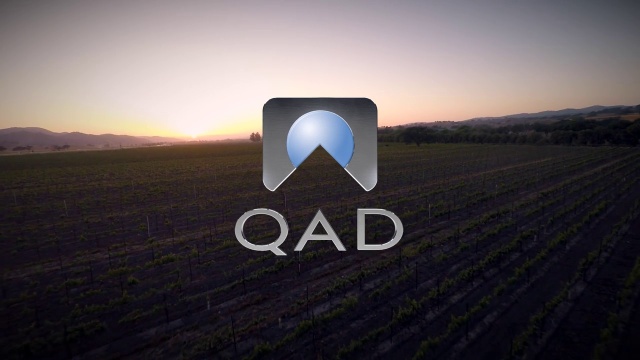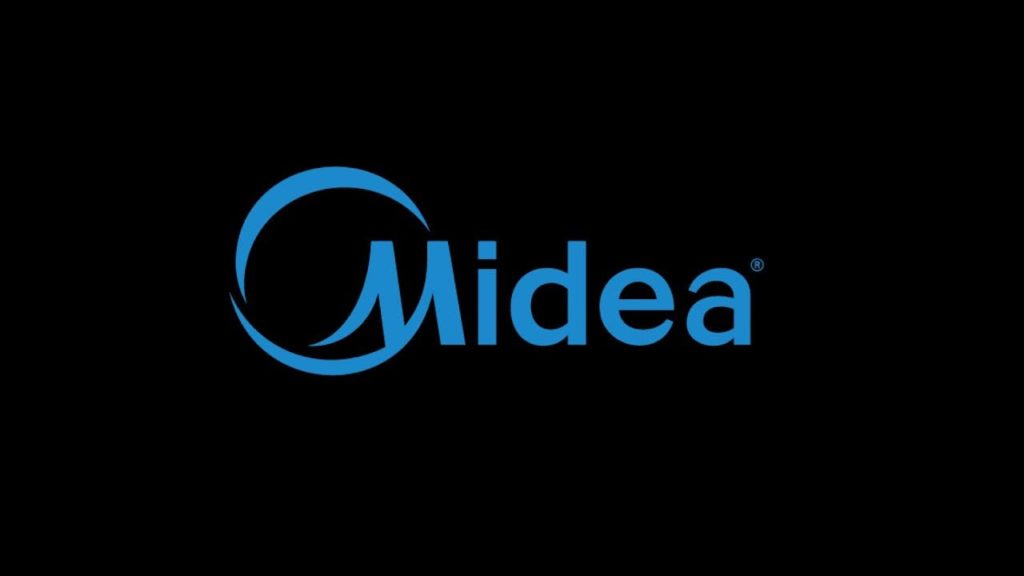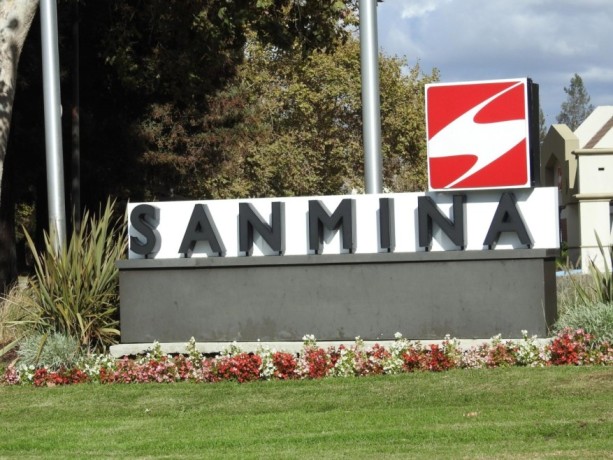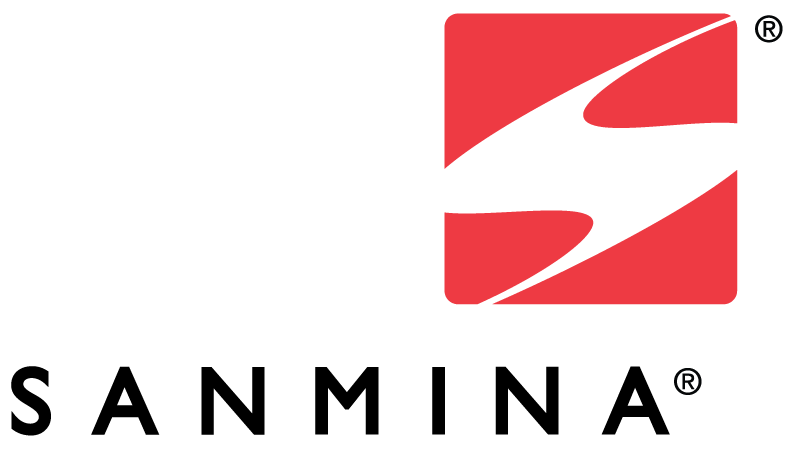QAD Inc. – Company acquired by Thoma Bravo in an All-Cash $2 Billion Transaction.
QAD Inc is an American software company with headquarters based in Santa Barbara, California. It offers enterprise resource planning software and other related software to several manufacturing companies across the world. It is a privately held company as in November 2021, Thoma Bravo, a private equity firm completed the acquisition of QAD Inc. It was an all-cash transaction with an equity value of $2 billion. The founder of the company is Pamela Lopker, who is currently serving as the President and Chairman of the Board at QAD Inc.
About QAD Inc
QAD is a leading company in the manufacturing sector as it developed the best full-featured manufacturing ERP software and supply chain solutions. When the company was founded in 1979, there were only a few local customers who supported the company and from there it currently has customers across 100 countries. This is why QAD strongly believes in a very loyal and strong community. QAD has nearly 2,000 employees and it is currently focusing on enabling adaptive manufacturing enterprises and eradicating the disruption problems caused by technology and the constant shift in the preferences of customers.

History of the Company
Pamela Lopker started the company in 1979 and initially targeted the manufacturing companies in Southern California. The company started locally by offering them proprietary software applications and then eventually expanded to international markets. In 1984, QAD Inc introduced a new product that was built using 4GL (Fourth Generation Language) and RDBMS of Progress Software. QAD followed the APICS principles to build its first software product, MFG/PRO for the manufacturers. This also became one of the first products to support closed-loop Manufacturing Resource Planning (MRP II). In 1997, QAD Inc decided to go public and filed its first IPO. It began trading on 6th August 1997.
In 2003, the company launched its first SaaS product and it was a huge success. The product was launched as Supply Visualization and later became QAD Supplier Portal. This platform allowed the QAD customers and the authorized suppliers to share necessary information about orders, shipments, inventory, etc. In 2006, QAD launched a user interface called .NET UI. In 2007, the company changed the name of its core product suite MFG/PRO to QAD Enterprise Applications. After a few years, the company launched QAD Cloud ERP.
Currently, QAD focuses on selling its software products in six different manufacturing industries. They are automotive, high tech, food and beverage, consumer products, industrial equipment, and life sciences. QAD Adaptive ERP is the flagship product of the company which is a SaaS software marketed using cloud computing.
Acquisitions
QAD Inc has acquired several companies during the 2000s and a few of them recently. In 2006, it acquired three companies in a row. In September 2006, QAD acquired a company called Precision Software. It offered transportation and supply chain management software. The company was renamed QAD Precision in 2019. In November 2006, it acquired FBO Systems, an enterprise asset management company followed by a UK-based marketing company, Bisgen Ltd. Some of the other companies on the list are FullTilt Solutions’ product suite, DynaSys (a European company), CEBOS (management software and services), Allocation Network GmbH (German-based supplier management), etc.
About Thoma Bravo
Thoma Bravo is an American private equity firm whose history dates back to 1980 when Golder Thoma & Co was established. The current brand, Thoma Bravo was established in 2008 after they dropped the name Cressey from Thoma Cressey Bravo. Thoma Bravo has three headquarters in Illinois, California, and Florida.
Pamela Lopker – Founder of QAD Inc
Pamela Lopker is famous as the founder and President of QAD Inc. She went to the University of California, Santa Barbara, and right after graduating started writing codes. She started working on a project for radar defense systems for a naval defense contractor in California. She also helped his husband, Karl Lopker with his sandal company, Deckers Outdoor. It was then she realized there wasn’t any perfect software to track from sales to inventory and other requirements for Deckers Outdoor and decided to start her own software company for manufacturing sectors.

Annasha Dey is an NIT student, who apart from studying engineering is also a content writer. She has a great interest in photography, writing, reading novels, and travelling as well. She is a foodie who loves socializing and hanging out with her friends. She is also a trained Kathak dancer and a big fashion enthusiast. Dey also loves watching TV series, which includes F.R.I.E.N.D.S. and Big Bang Theory. To be a better writer she prefers to read more






